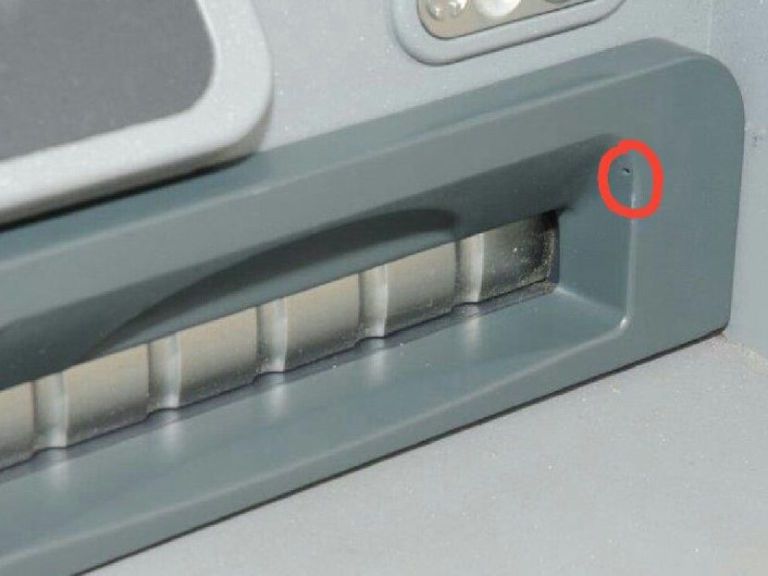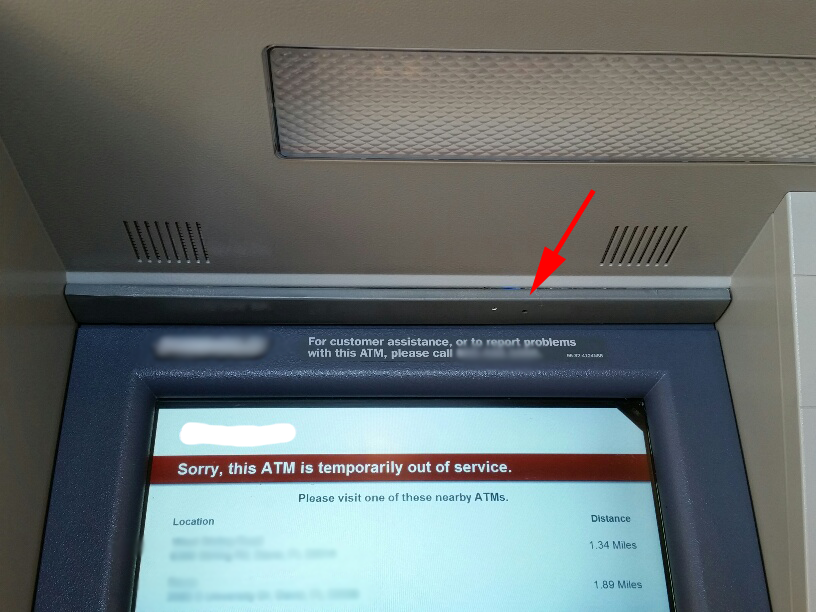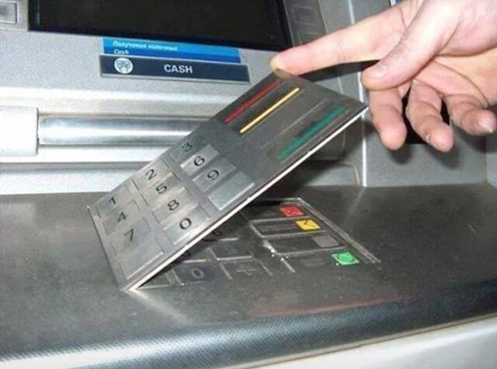Spotting ATM Skimming Devices: A Comprehensive Guide
Learn how to protect yourself from ATM skimming devices with this comprehensive guide.
Understanding ATM Skimming
ATM skimming is a method used by criminals to steal cardholder information from ATMs. Skimmers are typically placed on or around the ATM's card reader and can be difficult to detect. These devices are designed to capture data from the magnetic strip of a card as it is inserted into the ATM. Once the data is captured, criminals can use it to create counterfeit cards or make unauthorized transactions.
There are different types of skimming devices, such as fake bezel skimmers, deep insert skimmers, and ATM pinhole cameras. Understanding how these devices work and where they are commonly found can help you protect yourself from falling victim to ATM skimming scams.
Signs of an ATM Skimming Device
Detecting an ATM skimming device can be challenging, as criminals are constantly developing new methods to make them harder to spot. However, there are some common signs that may indicate the presence of a skimmer. These include:
- Loose or misaligned parts on the ATM, especially around the card reader
- The card reader protruding or looking different from other ATMs
- The presence of adhesive residue or scratches on the card reader
- A keypad that feels loose or has an unusual overlay
- Difficulty inserting a card into the card reader
If you notice any of these signs, it's important to avoid using the ATM and report it
Fake Bezel Skimmers
Fake bezel skimmers are one of the most common types of ATM skimming devices. These devices are designed to blend in with the ATM's card reader, making them difficult to detect. They are typically placed over the original card reader and capture the data from the magnetic strip of the inserted card. To spot a fake bezel skimmer, look for any signs of tampering or loose parts around the card reader. Additionally, try to use ATMs located in well-lit areas or those that are monitored by security cameras.
Another important precaution to take is to cover your hand while entering your PIN. Skimmers often use hidden cameras to capture PIN numbers, so by covering your hand, you can prevent your PIN from being recorded. Lastly, it's always a good idea to regularly monitor your bank statements for any unauthorized transactions.

Deep Insert Skimmers
Deep insert skimmers are a more sophisticated type of skimming device that are inserted deep into the ATM's card reader. These devices are virtually impossible to detect visually, as they blend in seamlessly with the ATM. Deep insert skimmers are capable of capturing both the magnetic strip data and the PIN number entered by the user.
To protect yourself from deep insert skimmers, it's important to be vigilant when using an ATM. Inspect the card reader for any signs of tampering or loose parts. Additionally, cover your hand when entering your PIN to prevent it from being recorded by hidden cameras. Regularly monitoring your bank statements for any unauthorized transactions is also recommended.


ATM Pinhole Cameras
ATM pinhole cameras are small, discreet cameras that are installed near the ATM keypad to capture the user's PIN as it is entered. These cameras are often hidden in inconspicuous objects, such as a brochure holder or a false panel. Detecting an ATM pinhole camera can be challenging, but there are some signs to watch out for.
Look for any unusual objects or panels near the ATM keypad that may be covering a camera. Additionally, pay attention to the position and angle of the camera. It should be aligned with the keypad and not obstructed. If you suspect the presence of a pinhole camera, it's best to avoid using that ATM and report it to the appropriate authorities.


ATM Keypad Overlay
ATM keypad overlays are another method used by criminals to steal cardholder information. These overlays are designed to look like a normal keypad but are actually placed on top of the legitimate one to capture PIN numbers as they are entered. Detecting an ATM keypad overlay can be difficult, but there are some signs to watch out for. Look for any bulkiness or unusual tape residue on the keypad, as well as any loose-fitting attachments that could indicate an overlay. By being vigilant and regularly checking ATMs for signs of tampering, you can protect yourself from falling victim to these sophisticated skimming devices.

Action Items:
- Perform routine ATM checks - if possible, it is best to do this daily
- Check for tape and/or sticky glue residue on any part of the ATM
- Bulkiness on the card insert area or the PIN keypad
- Wiggle the card slot or keypad for loose-fitting attachments, the card reader and ATM fascia should not move

